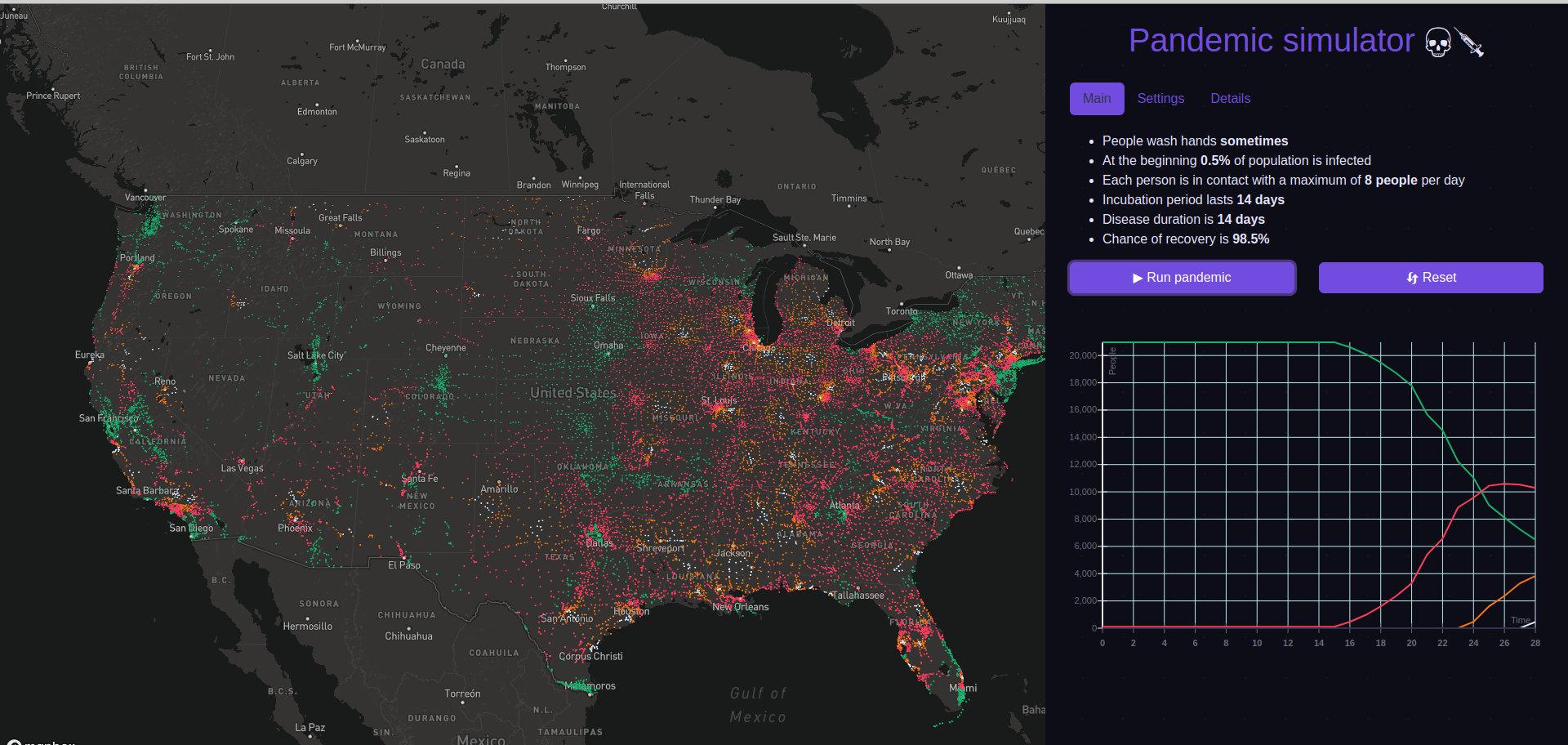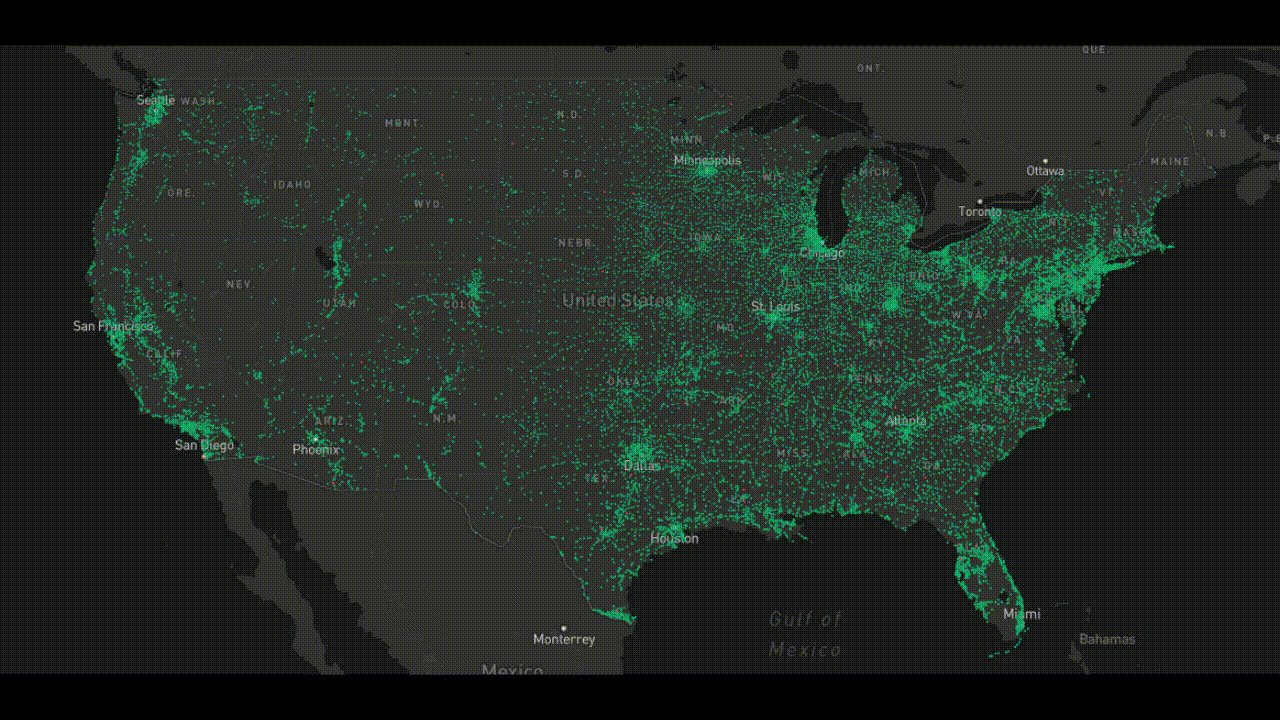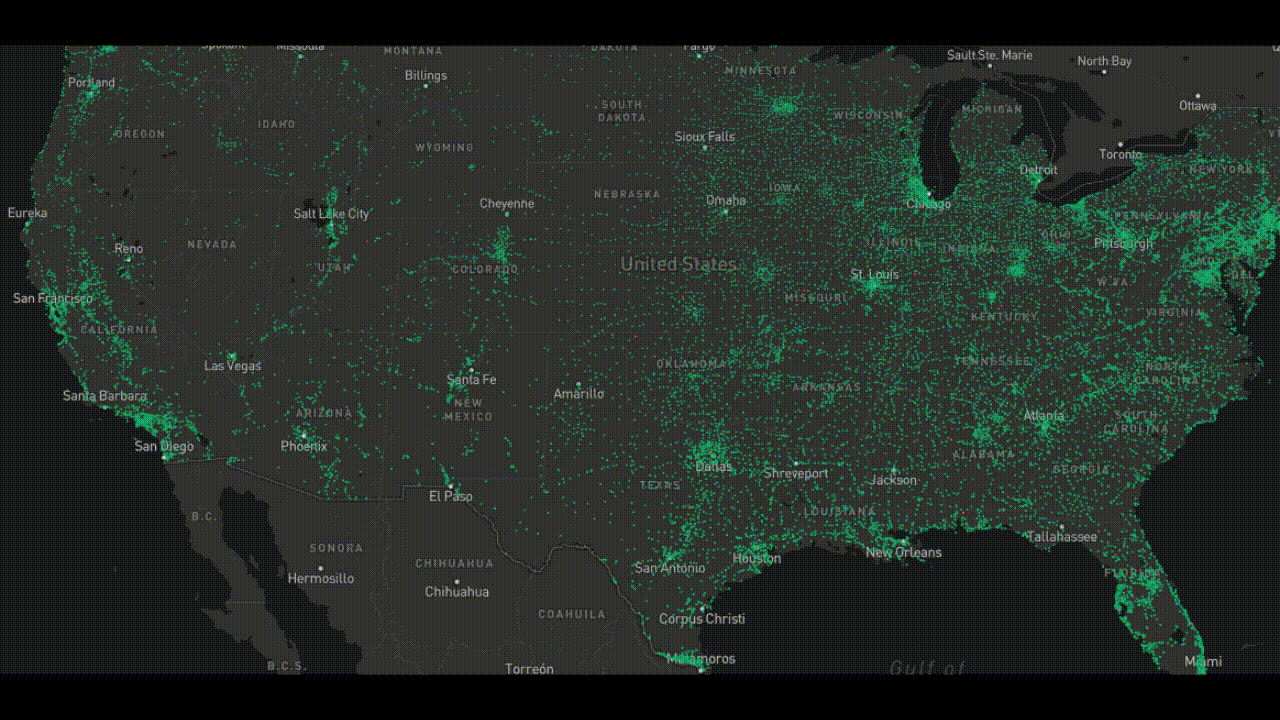The role of self-isolation and hand washing

In this article I will give you the opportunity to answer this question by yourself. I have developed an application pretty similar to Plague Inc, only without game mechanics, but with the ability to fine-tune parameters - https://pandemic.sergeypotekhin.com/. In the article, I will show how the nature of a pandemic differs depending on us — whether we sit at home and wash our hands.

Since the wind is mixed with the virus outside the window, I propose to make an experiment with our immediate future. Below I will give you several parameters specific to COVID-19 and demonstrate the spread nature. If you are not interested in the calculations, then you can scroll down the article to the last paragraph with a demonstration of the results.
Dry statistics
Let me put a shine of scientificness on the model and give a few calculations. I promise not to use anything more complicated than mathematics of the elementary school level. I will evaluate two key factors in the spread of the virus:
- Average amount of contacts per day
- Probability of catching the virus when in contact with a person
Average amount of contacts per day

It is not difficult to google such statistics; I refer to the article Mixing Patterns Between Age Groups Using Social Networks. We see that between the ages of 20 and 60, each of us contacts approximately 20 people per day.
Probability of catching a virus when in contact with a person
I did not find such information in the public domain, so I will try to calculate the probability myself. I will do this based on the following considerations:
- Daily number of contacts. As we already know, in a day we are in contact with 20 people.
- The daily number of new contacts. Suppose that 3 / 4 of these contacts are repeated day after day - family, colleagues, security guards in a business center, and so on. It turns out in a 5 new contacts every day.
- The incubation period of the virus. Open sources data report that under 14 days elapse from infection to the first symptoms. Suppose that after this period the patient will be immediately quarantined, which means that there will be no new contacts.
- The total number of contacts. Let's count: 15 regular contacts + 5 daily contacts * 14 days = 85 contacts in a two weeks. That is how many people come in contact with one sick person.
- R0. This metric is familiar to both marketers and doctors. In the case of a virus, its meaning is "how many people will be infected by one person." According to Google, for coronavirus this figure is 3 infected.
Total we get that out of 85 contacts 3 are infected. Chance of infection = 4%.
Demonstration
Let's see what the consequences of infantile behavior. People not only go to barbecue and shopping centers, but also do not wash their hands. The picture speaks for itself.

And do not let low mortality bother you. The dynamics of the spread of the disease exceeds all expectations - there are simply not enough beds in hospitals, not to mention ventilation.
Now let's see how things are going for the most responsible. Everyone is sitting at home and get pizza only with gloves on. Let's see the result :

Conclusions suggest themselves. If you like the article, subscribe to my Twitter. Thank you and don’t be ill :)